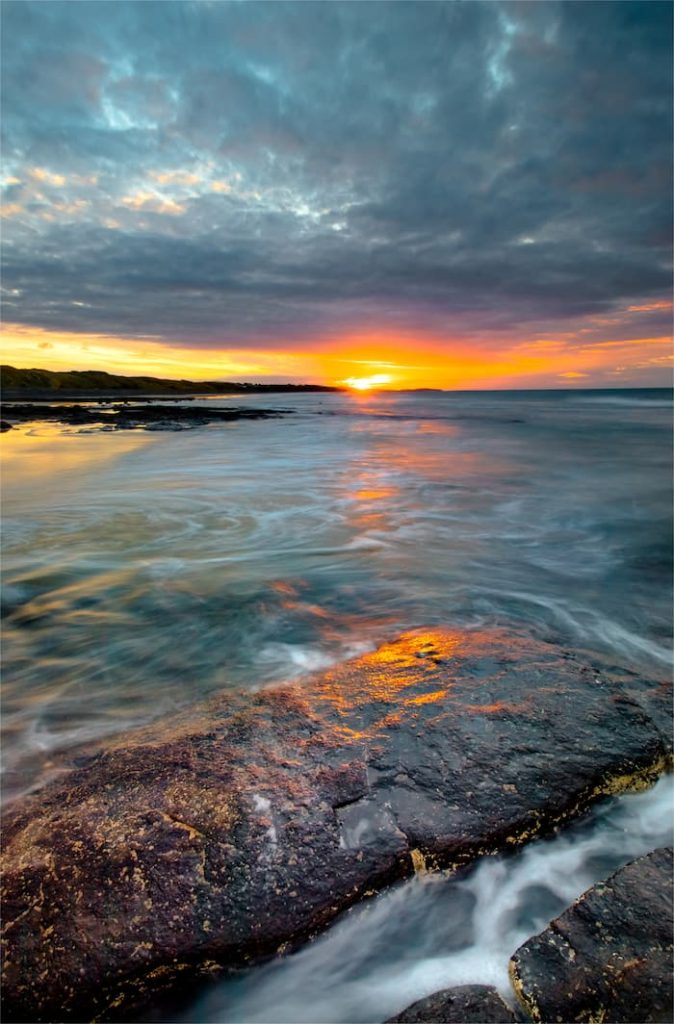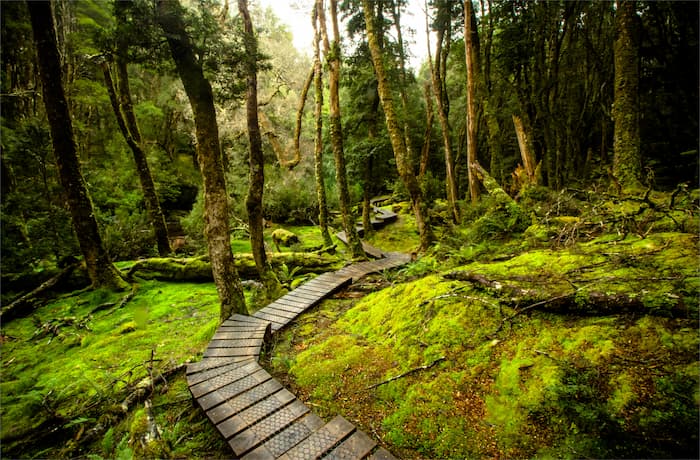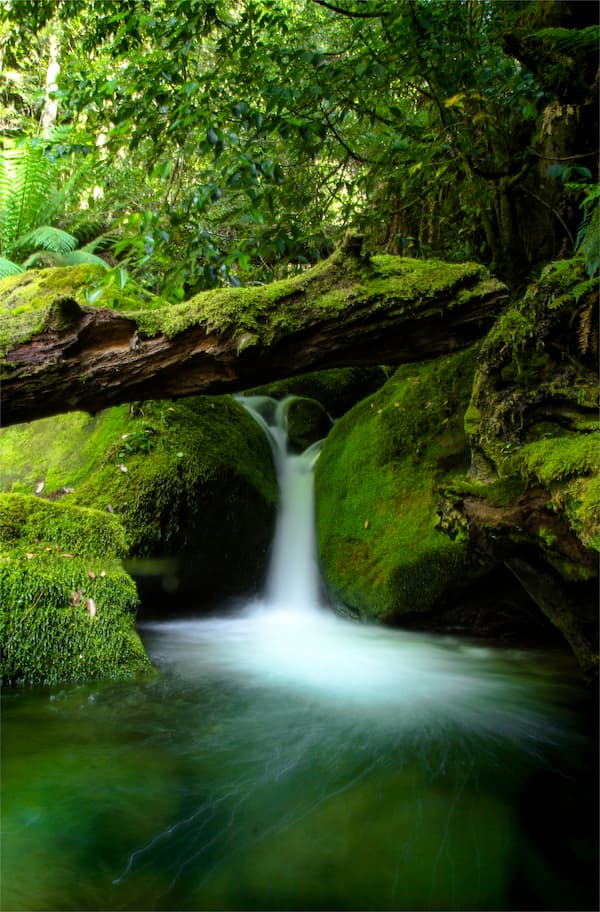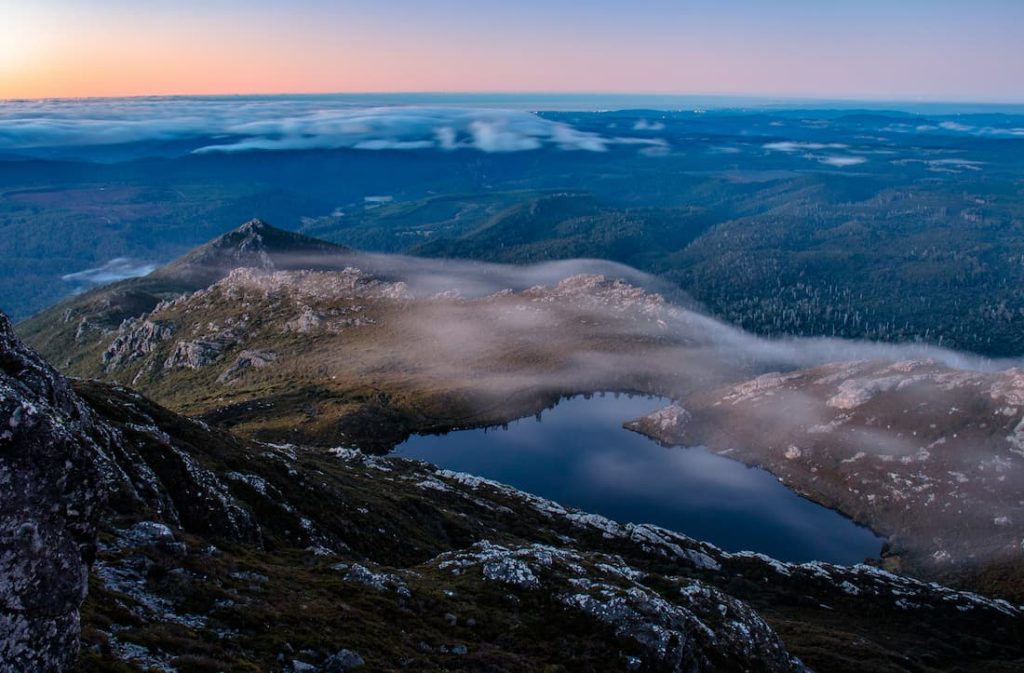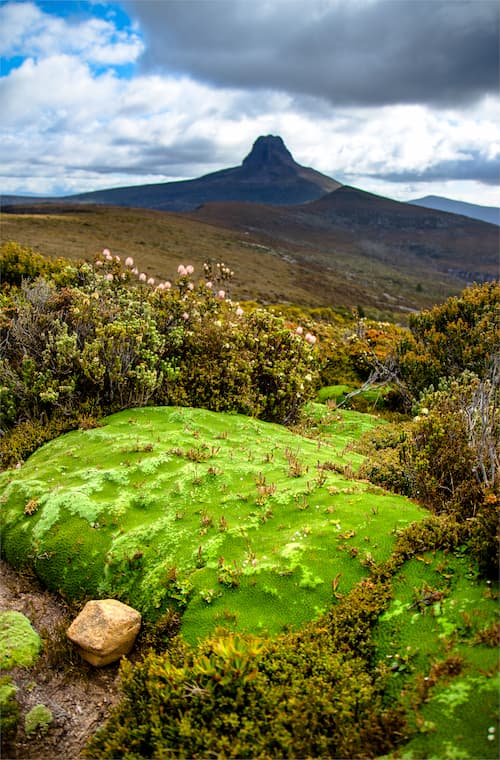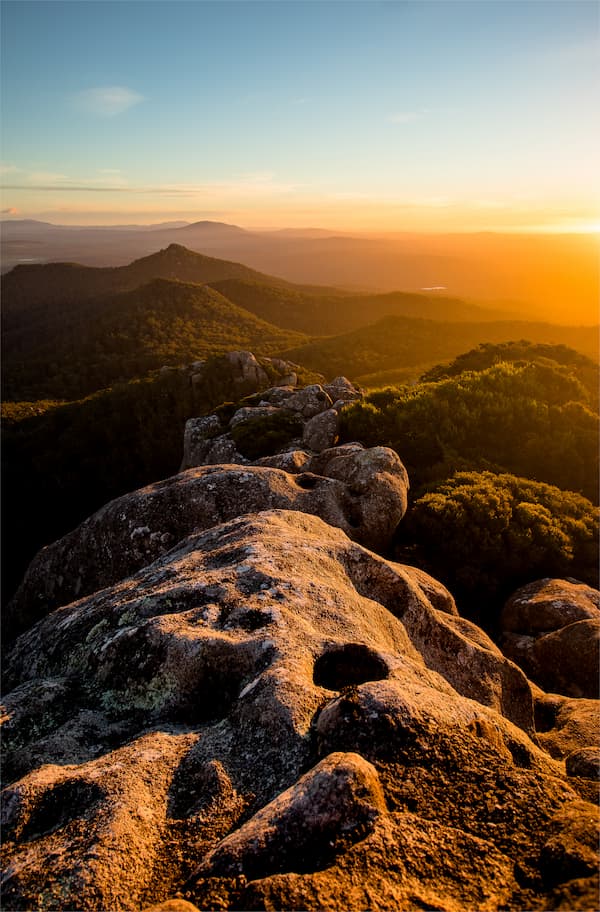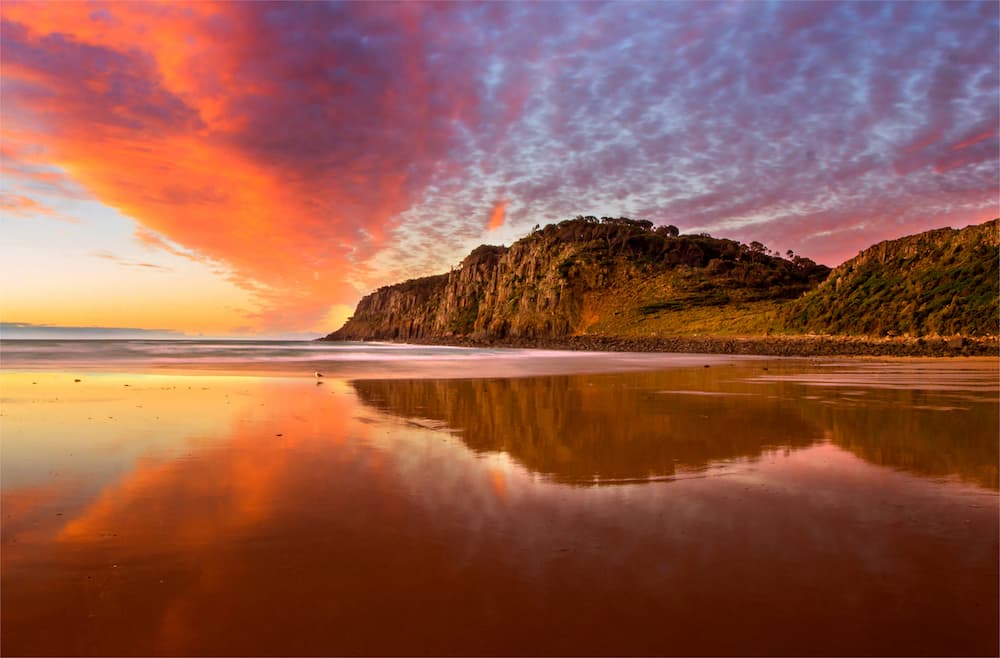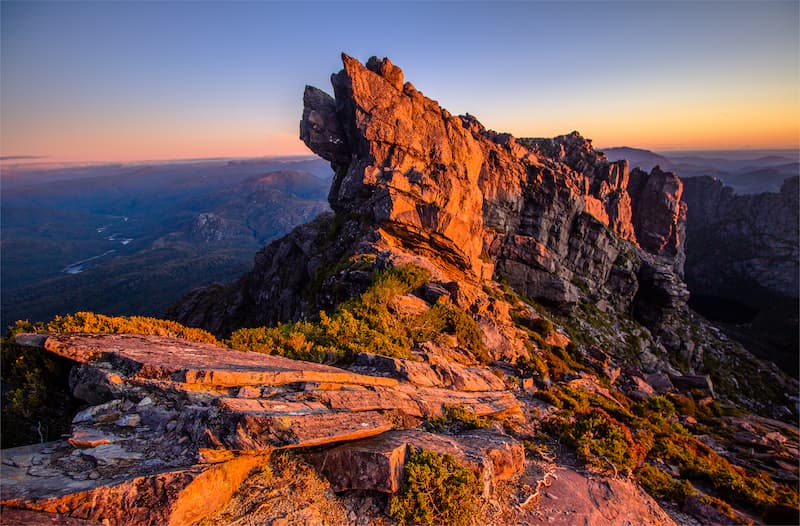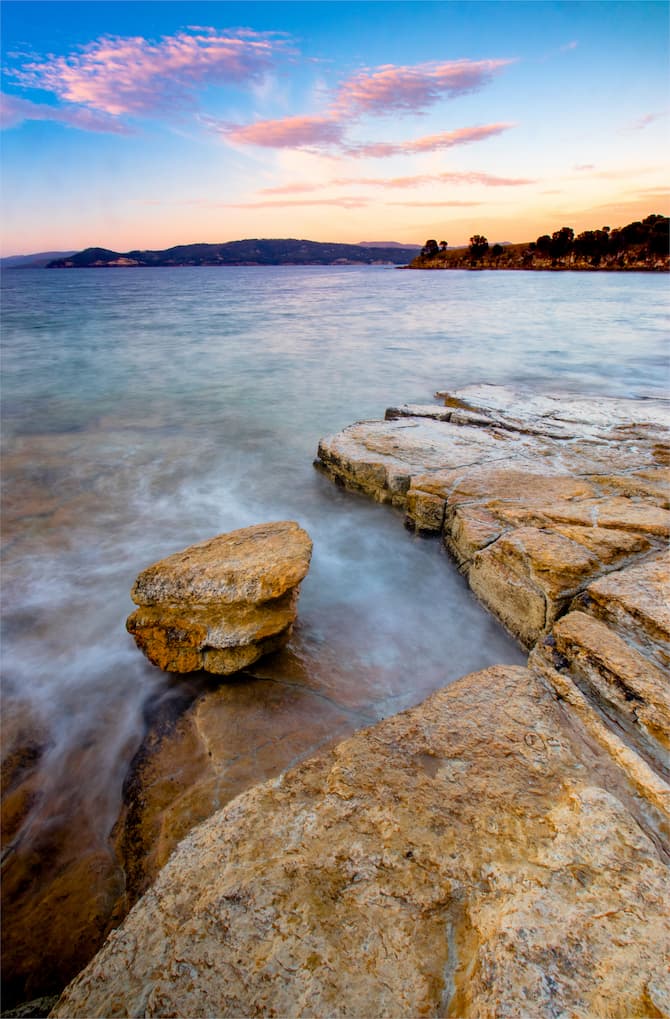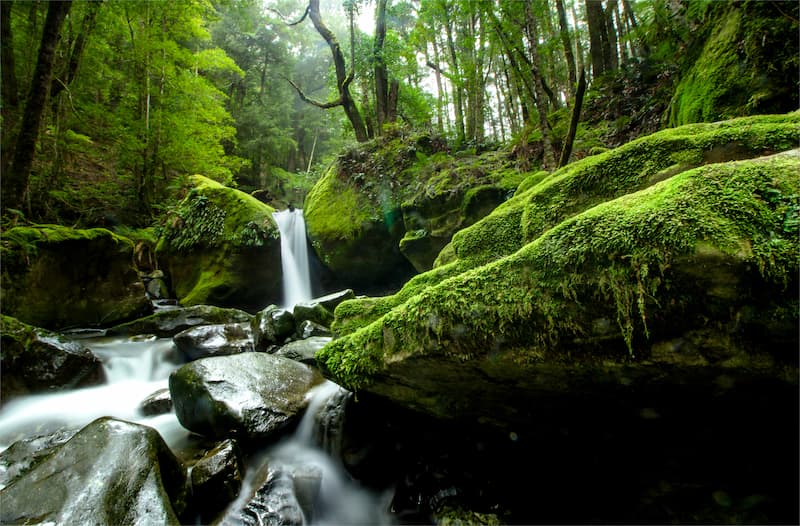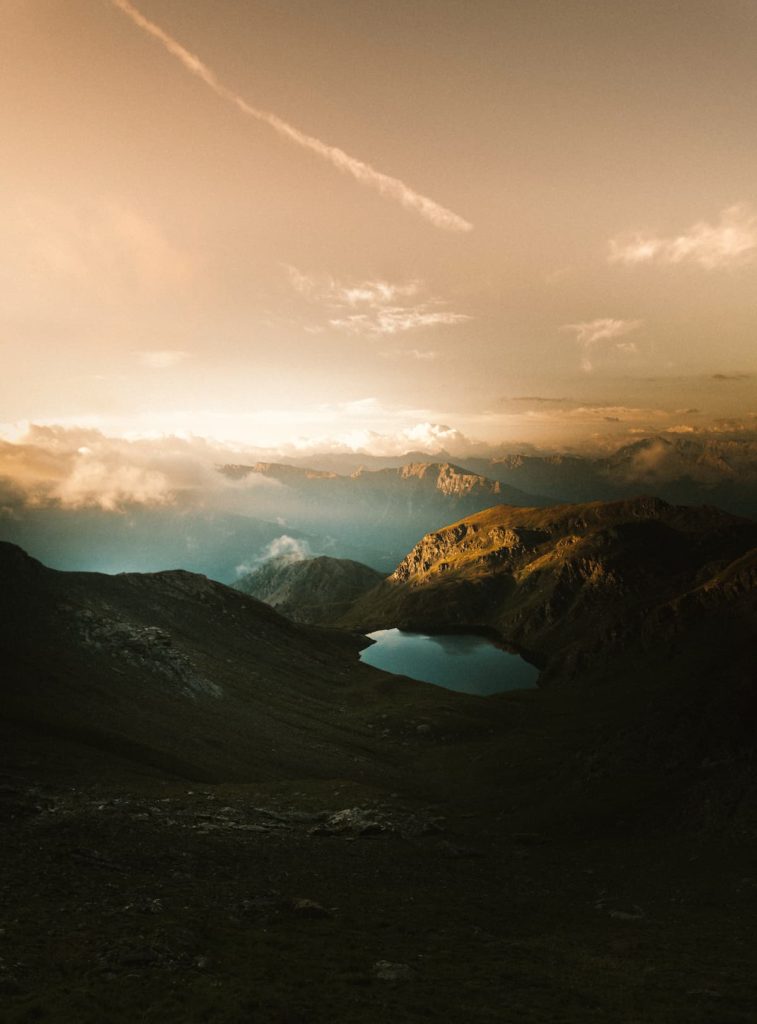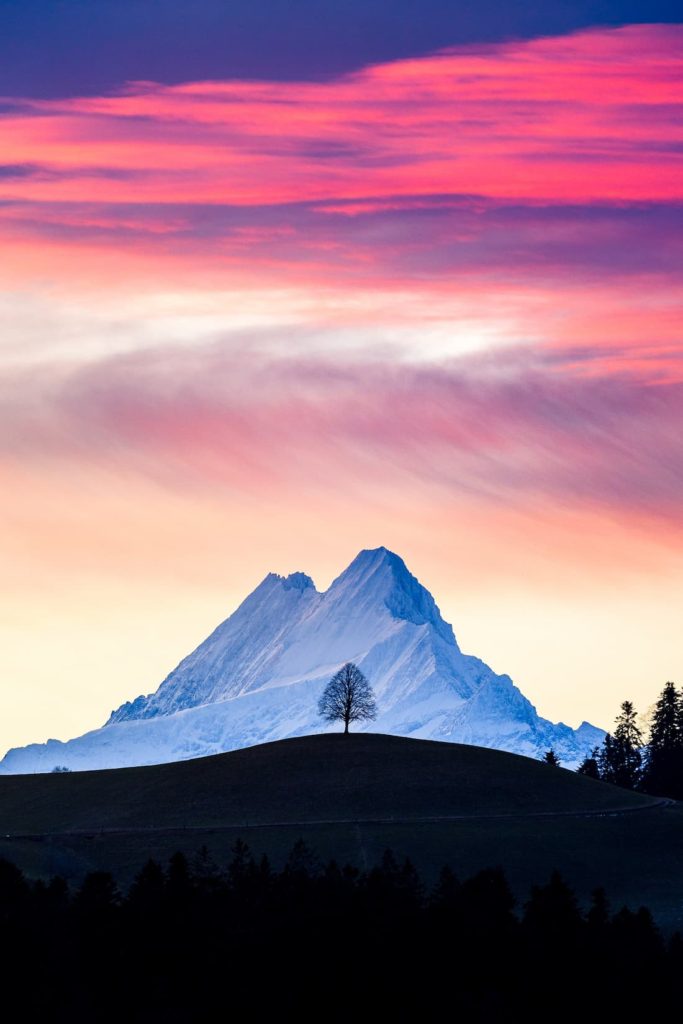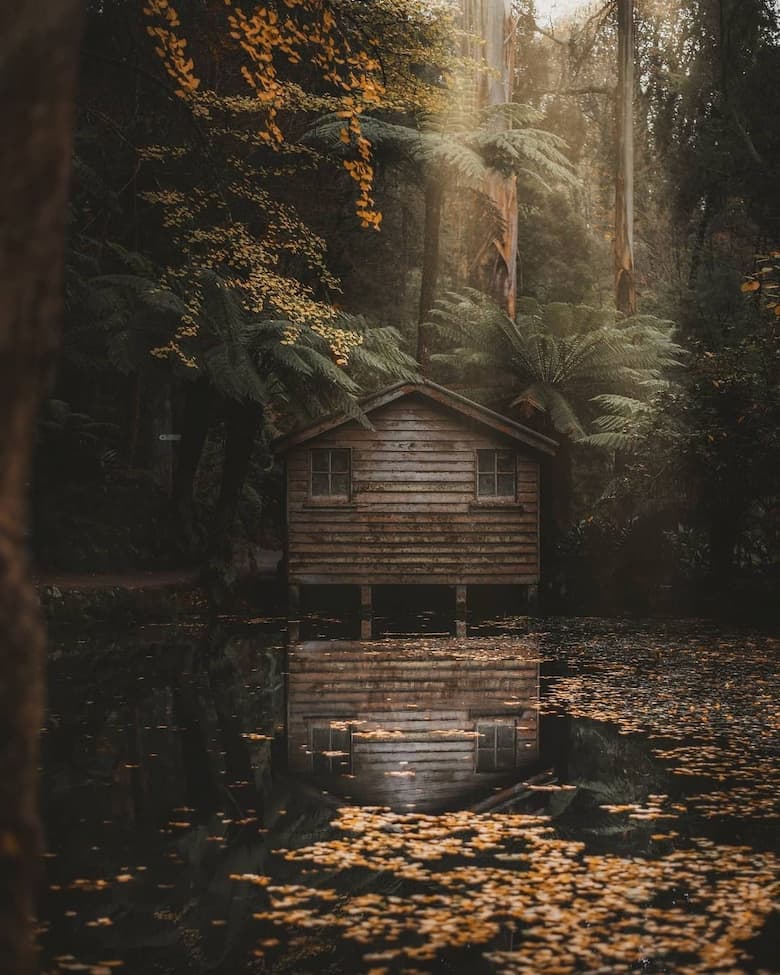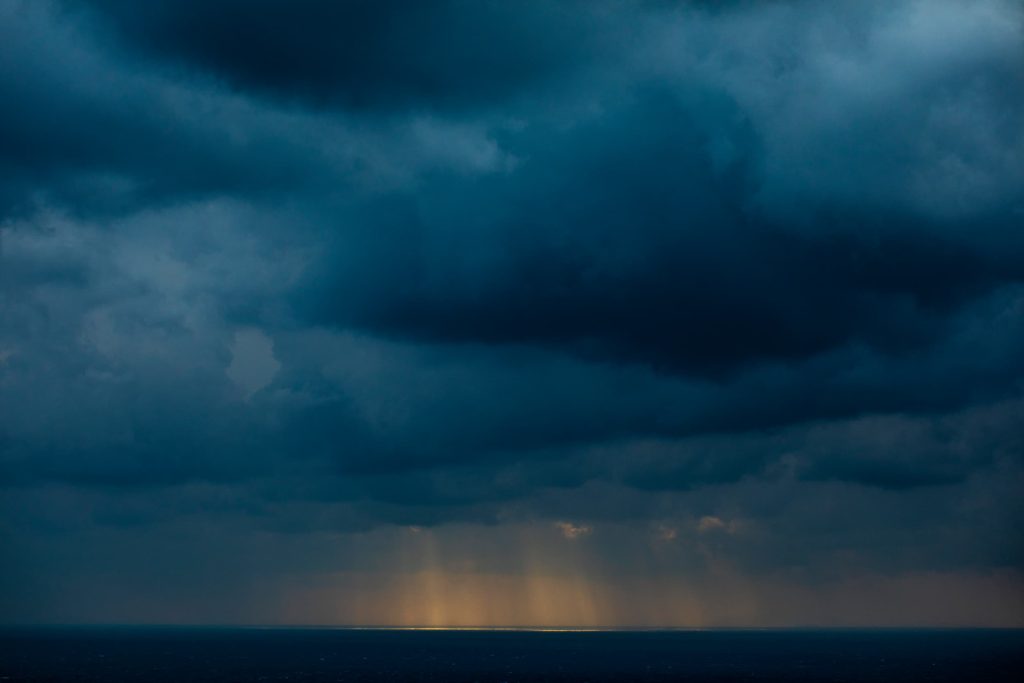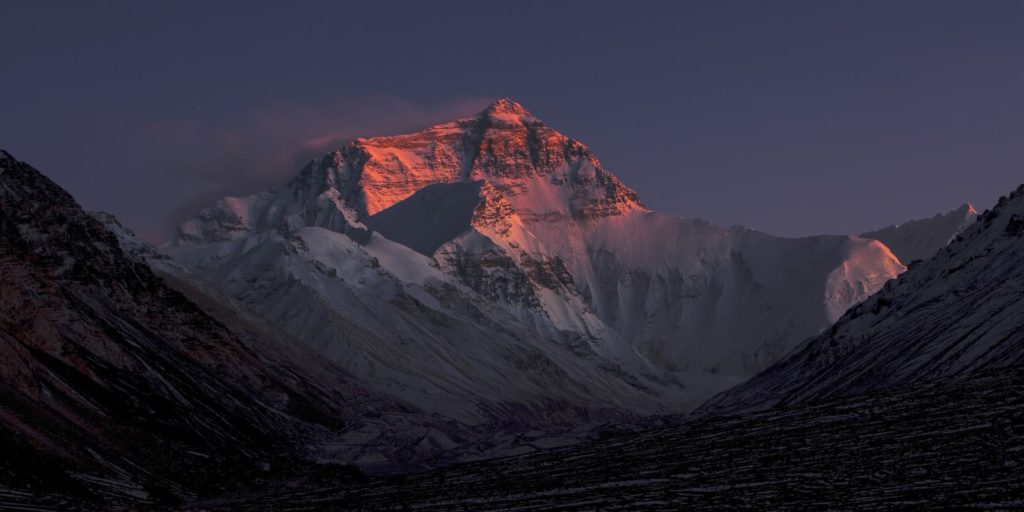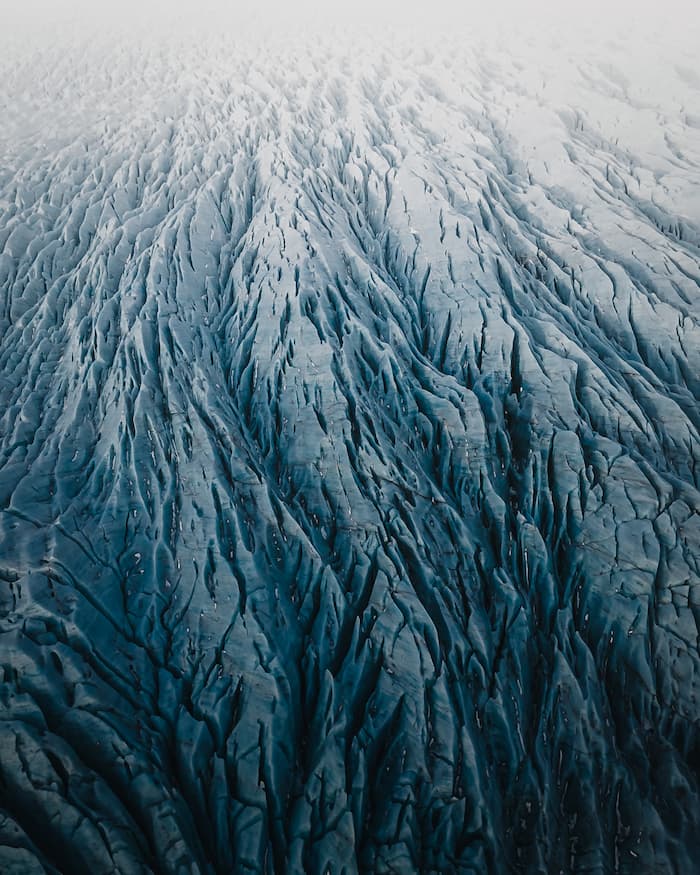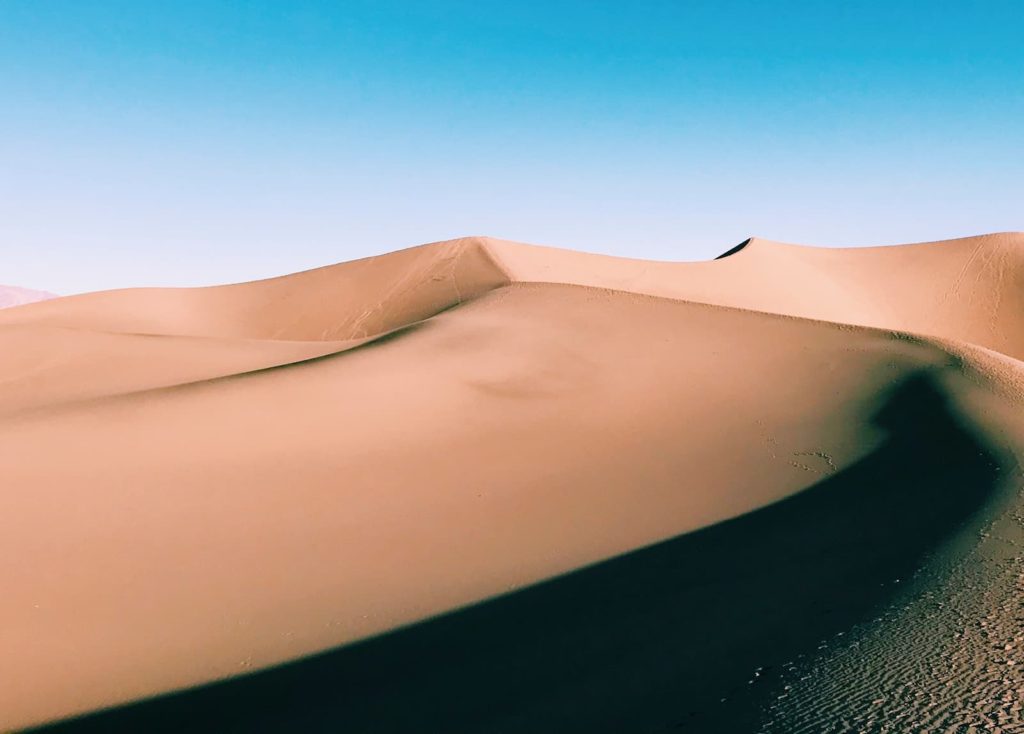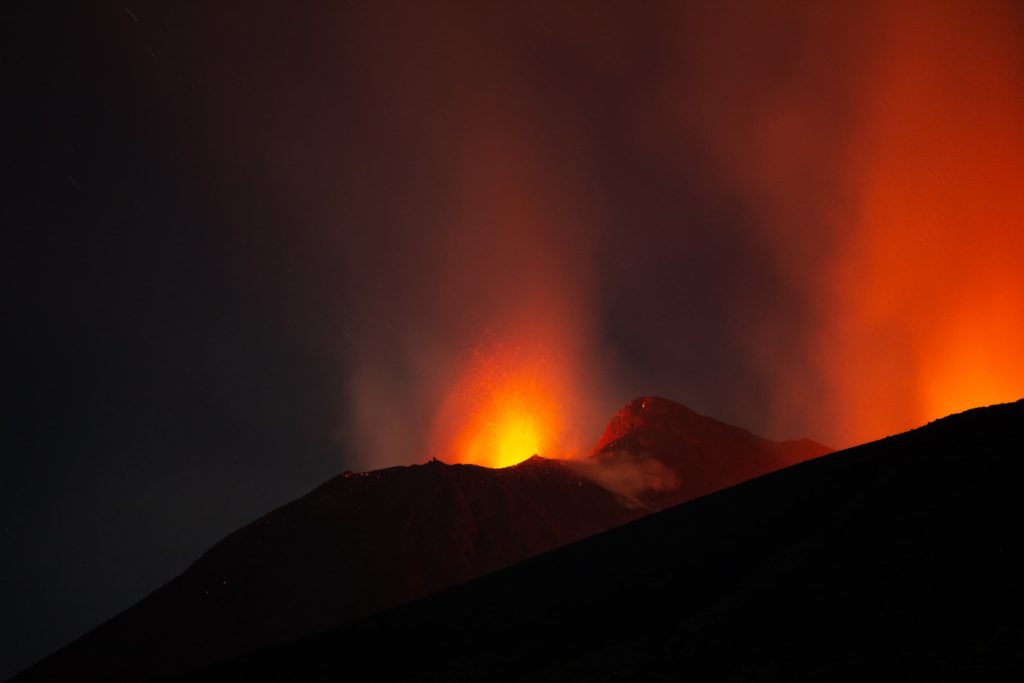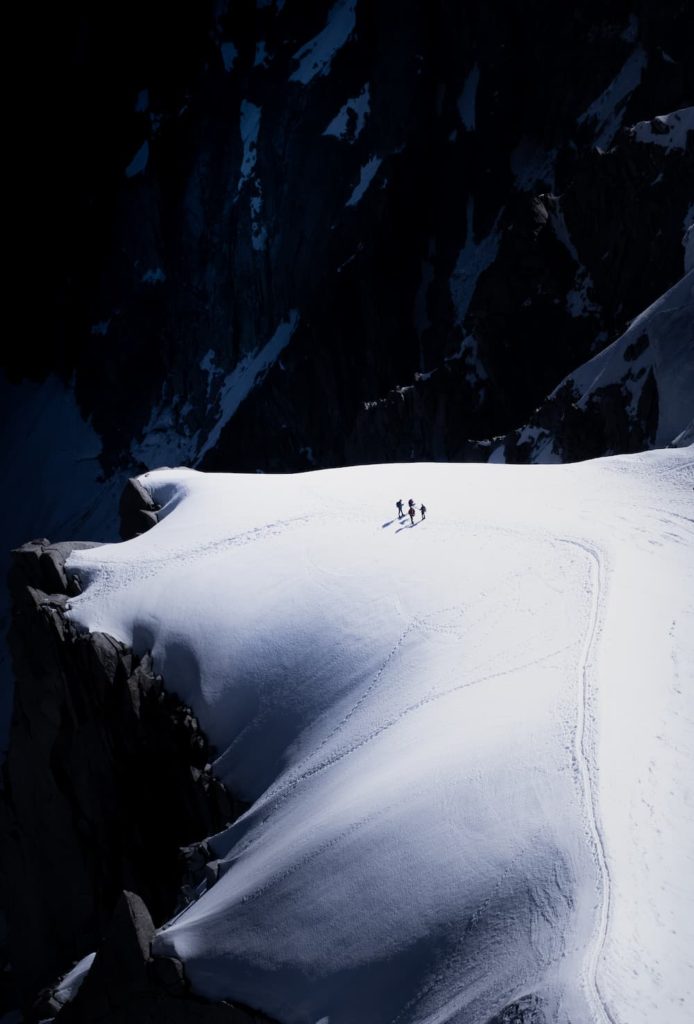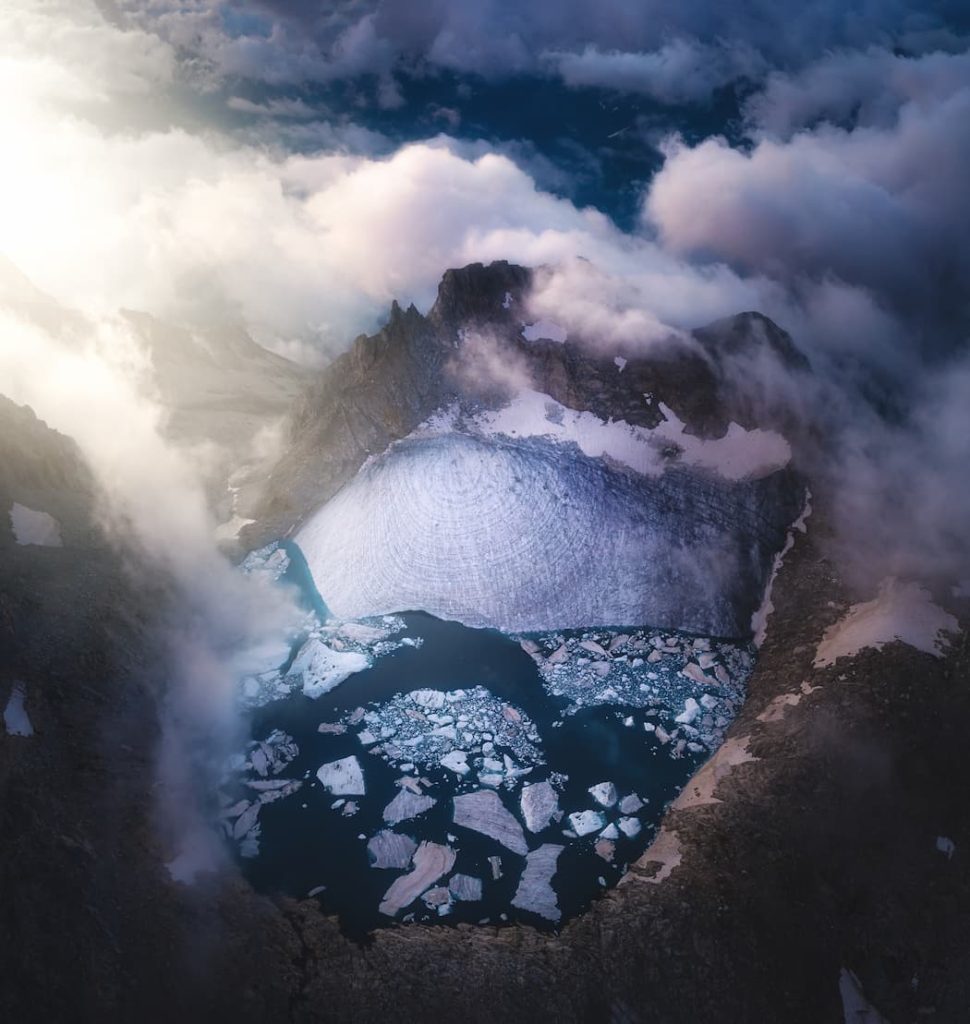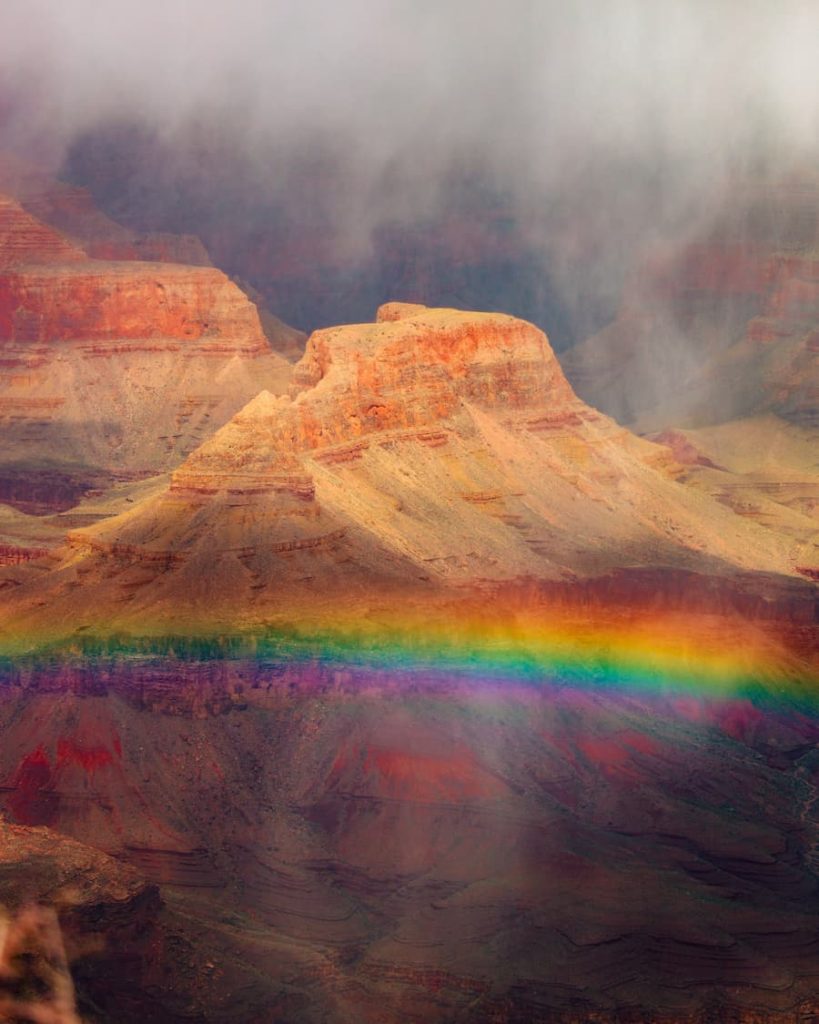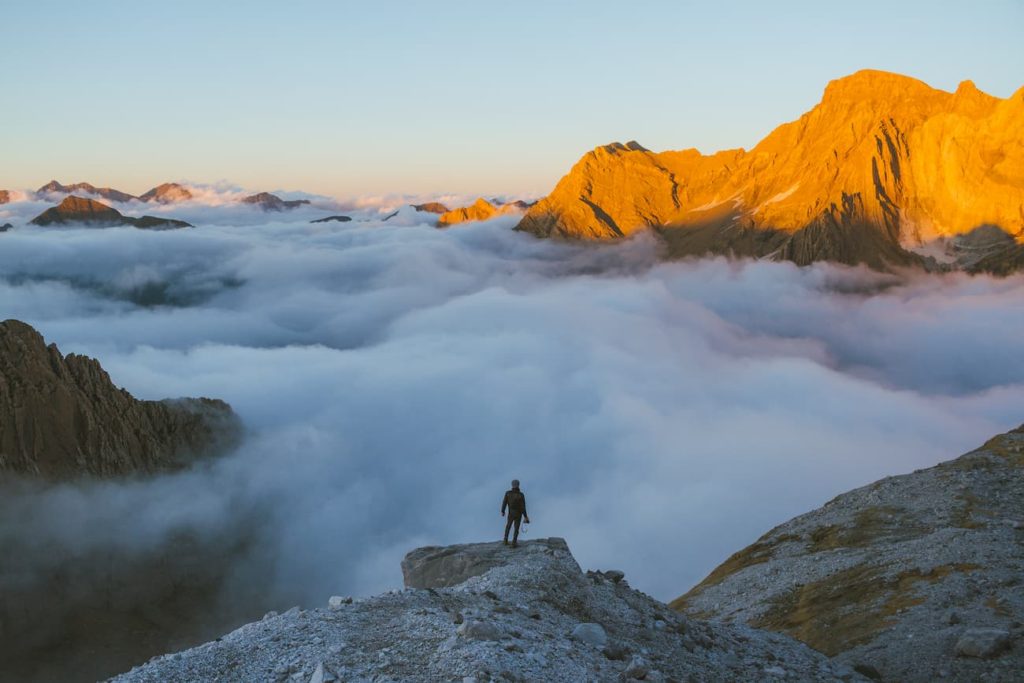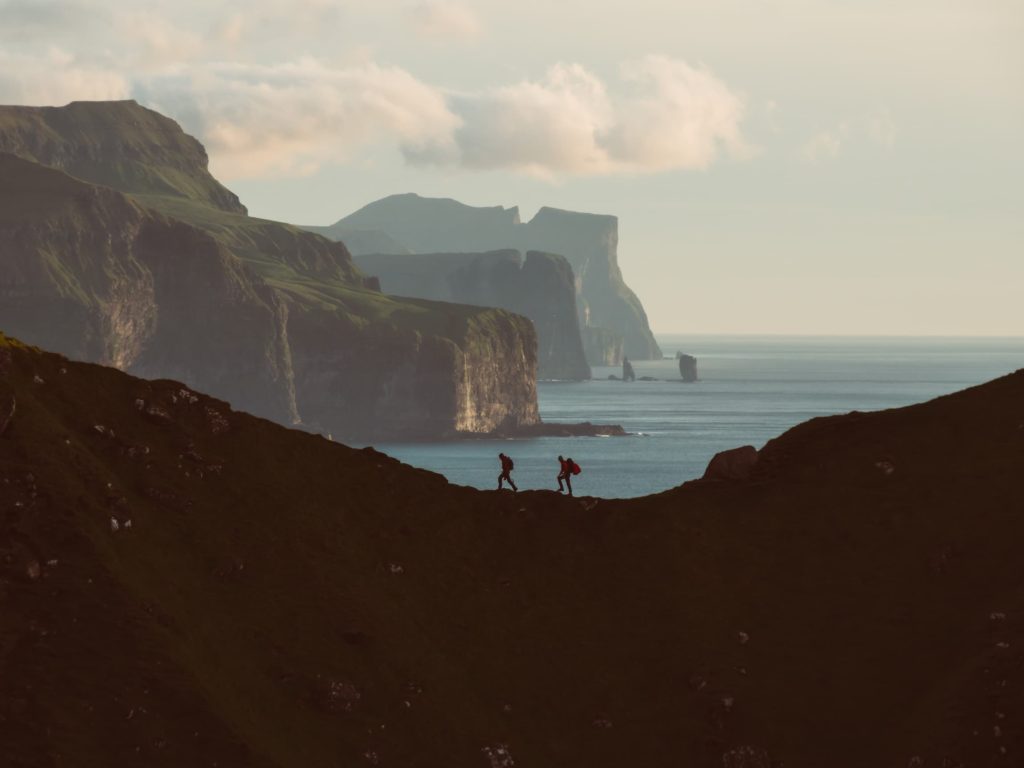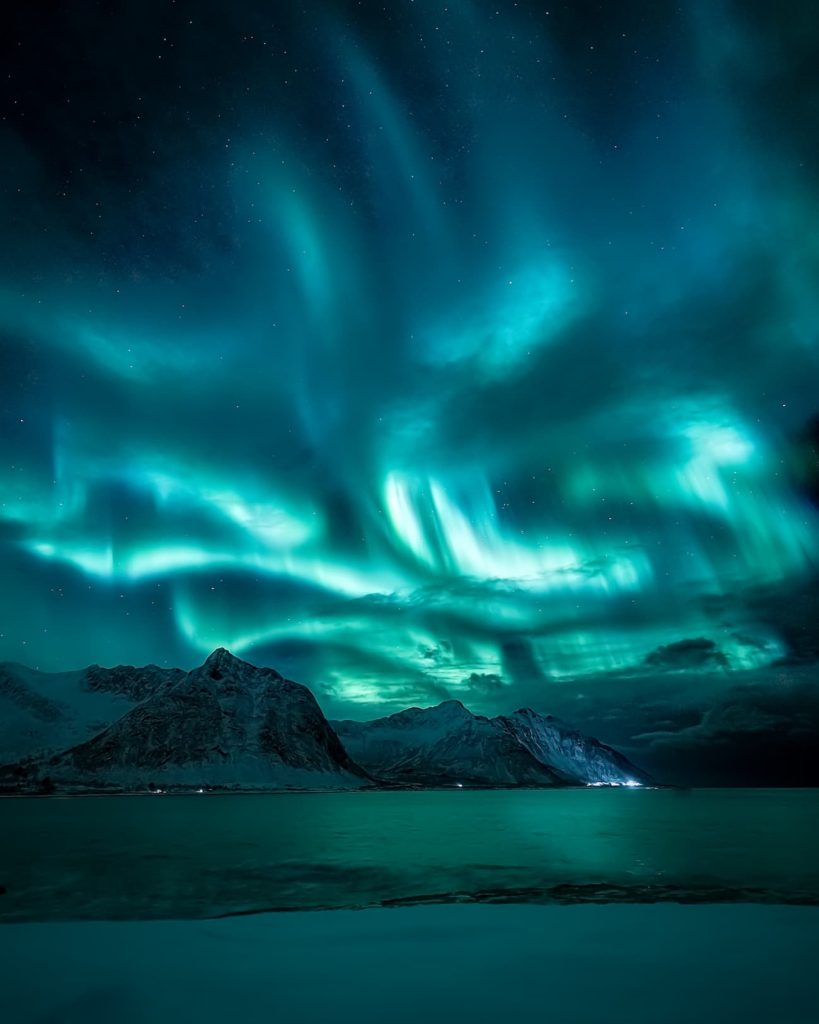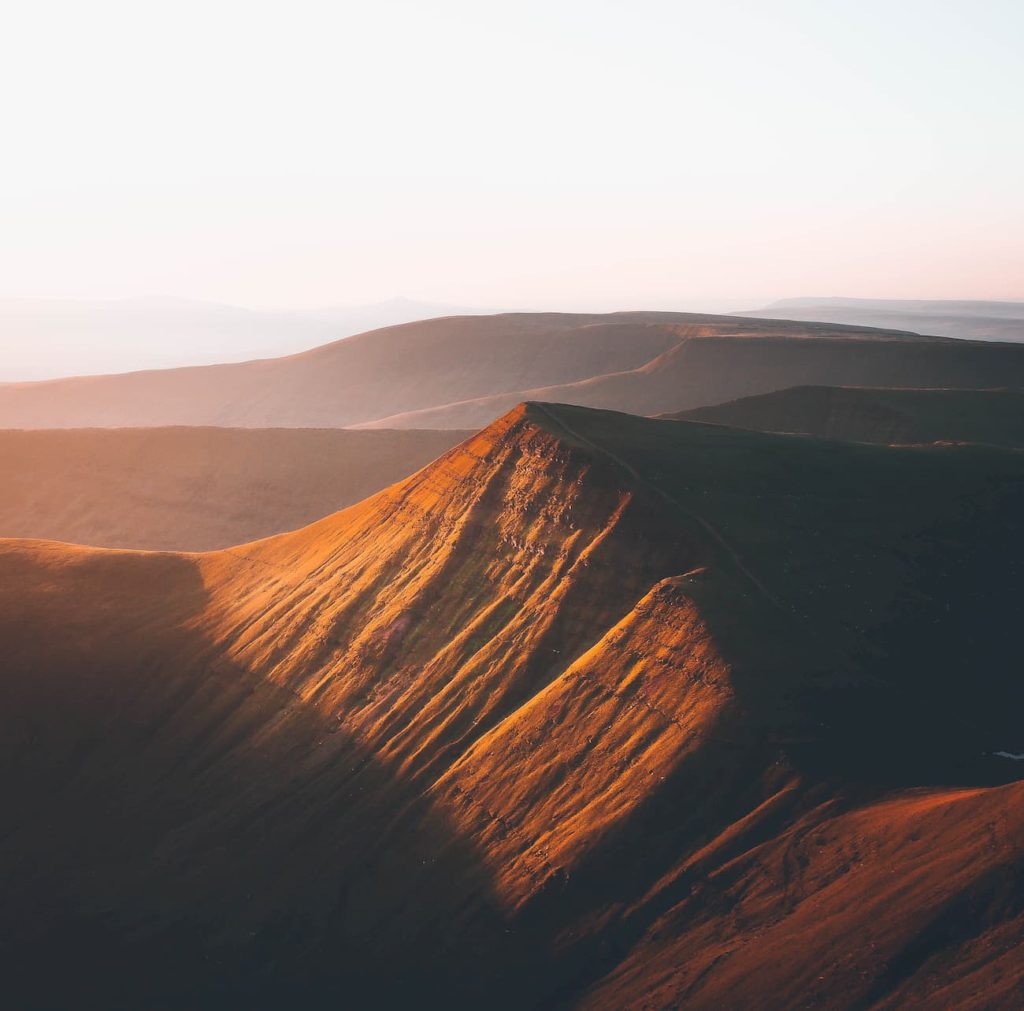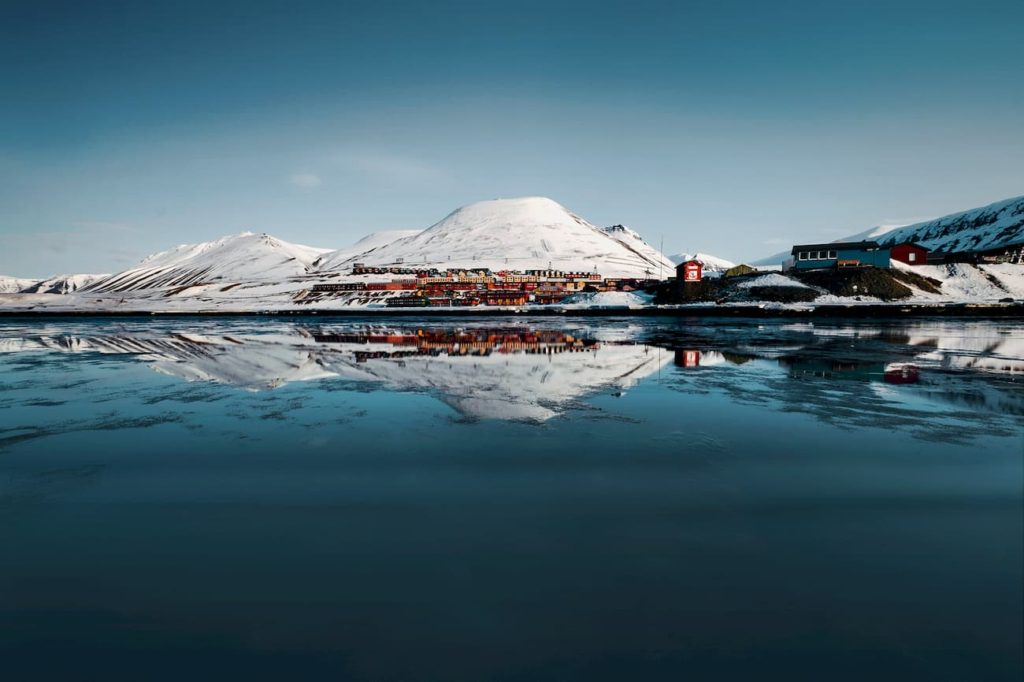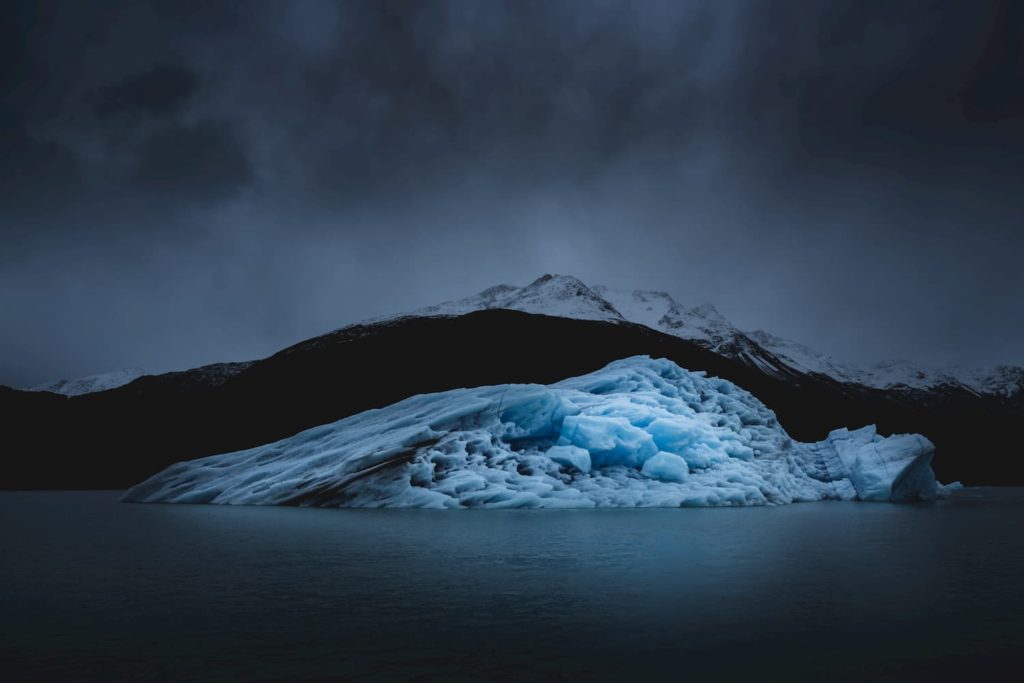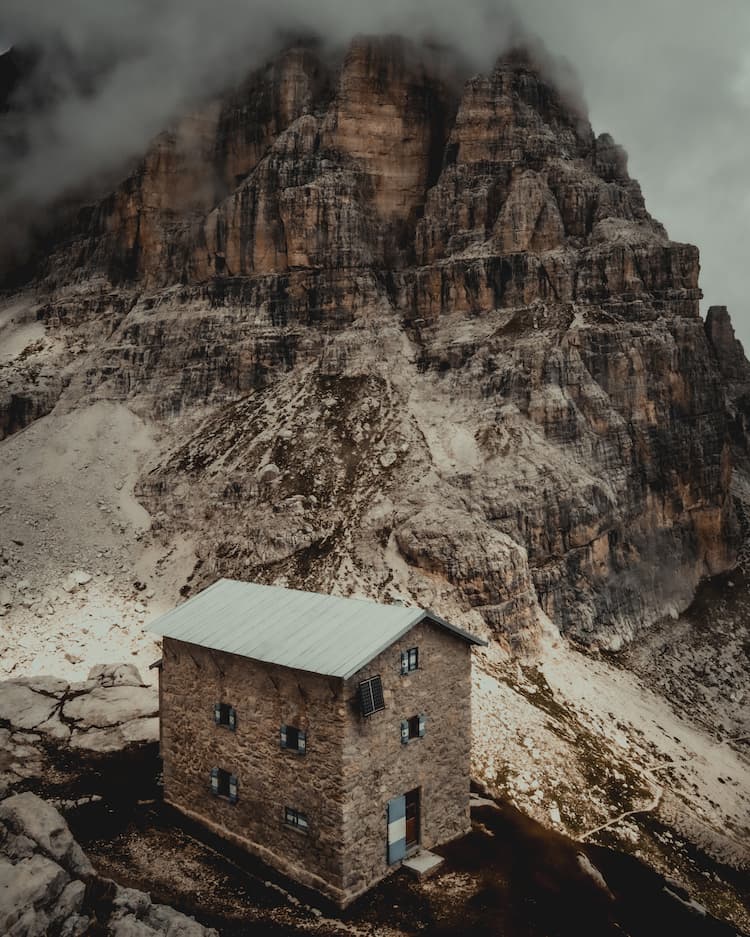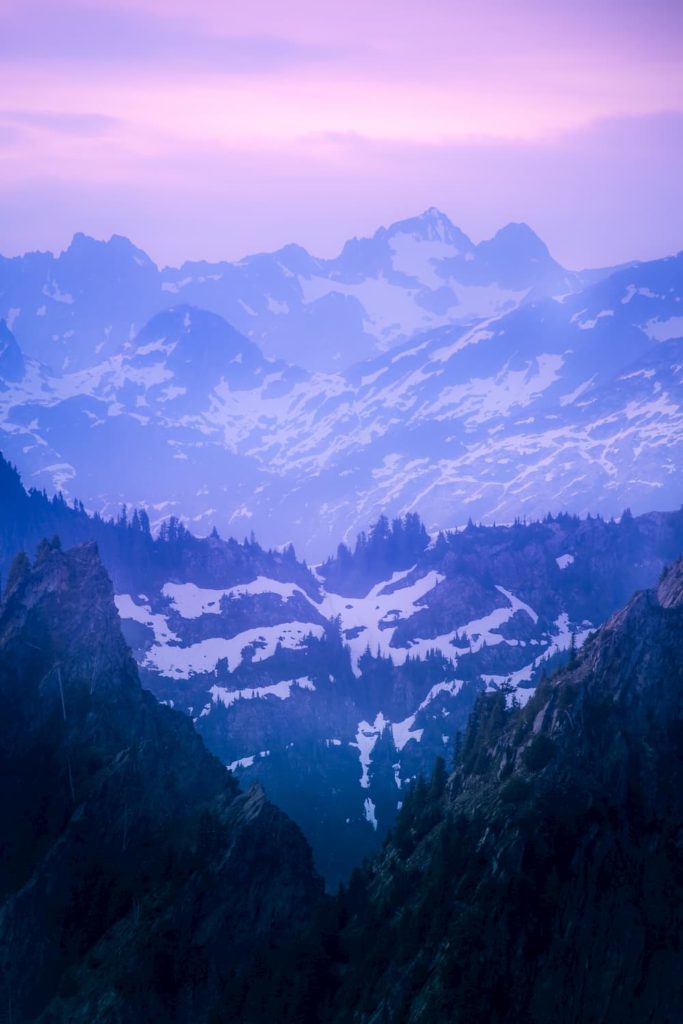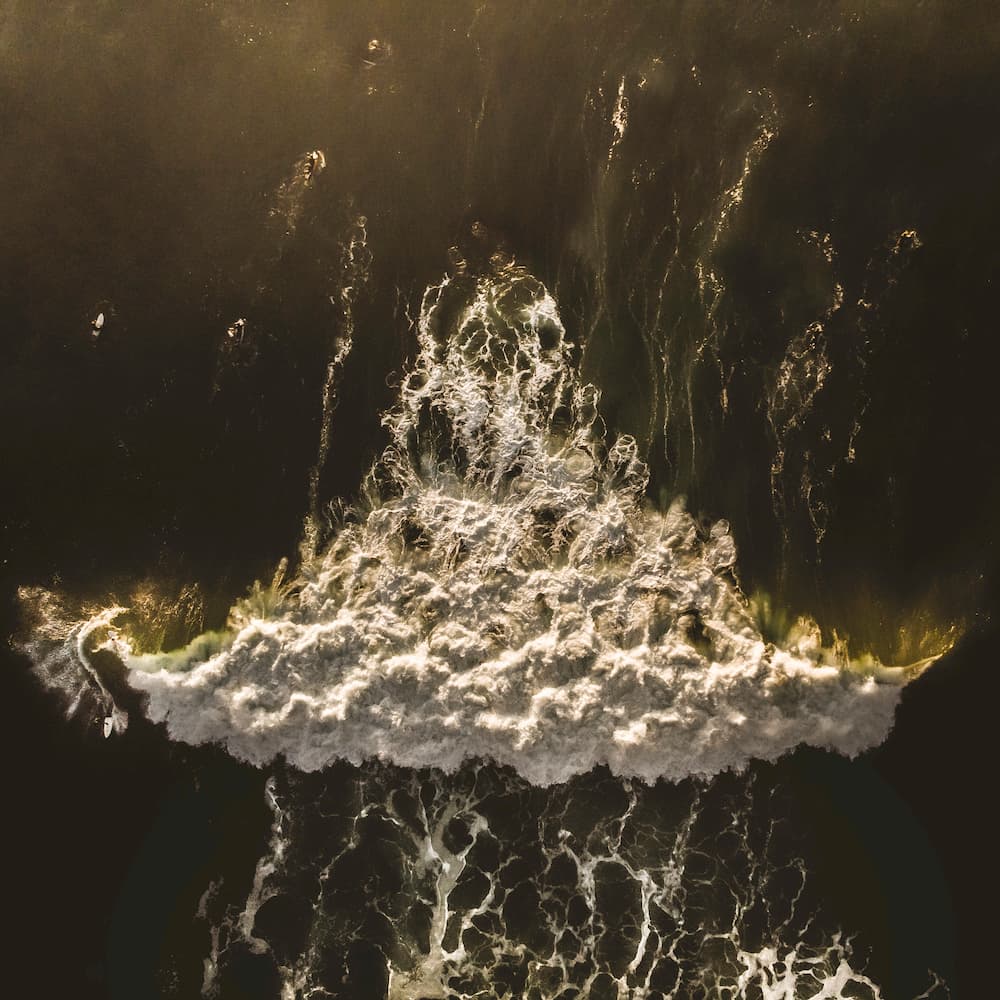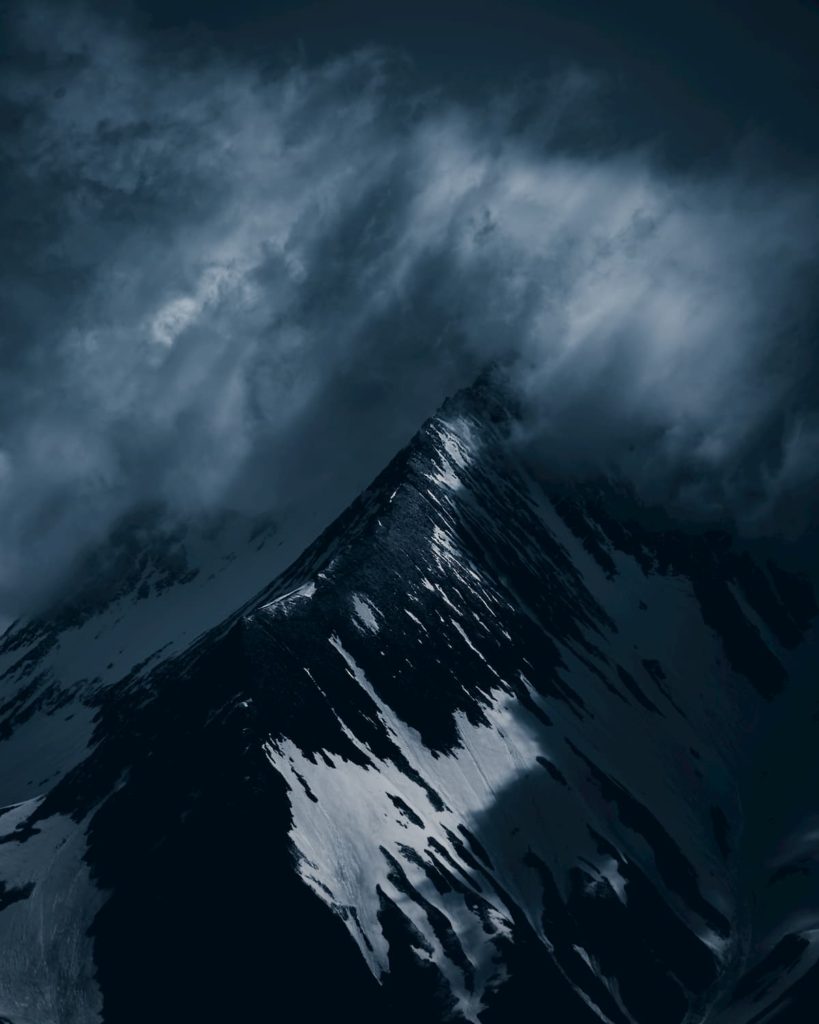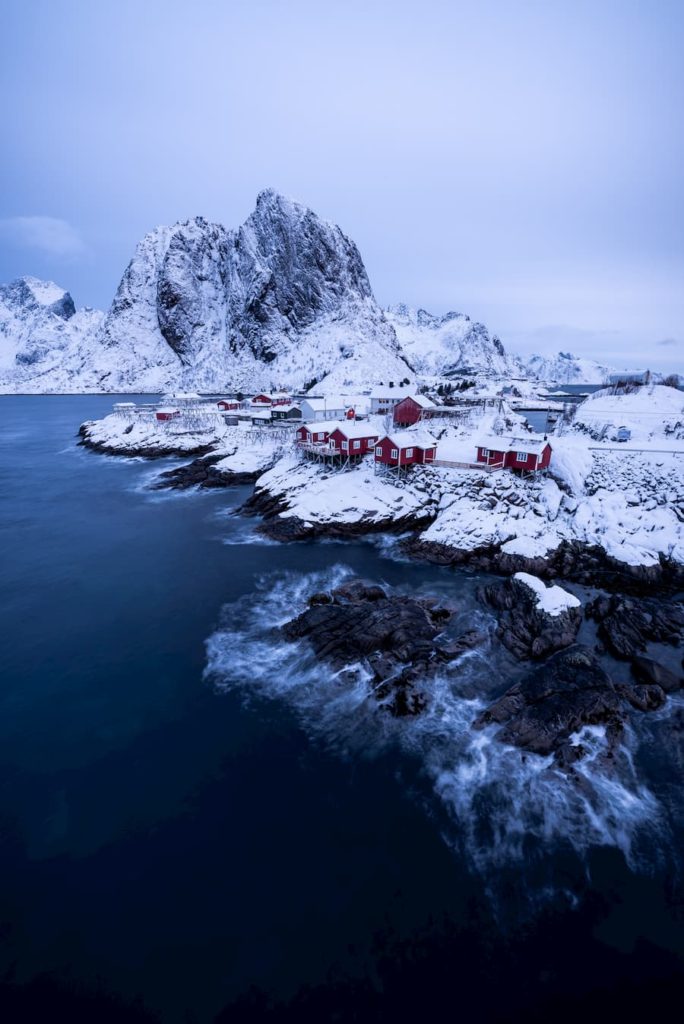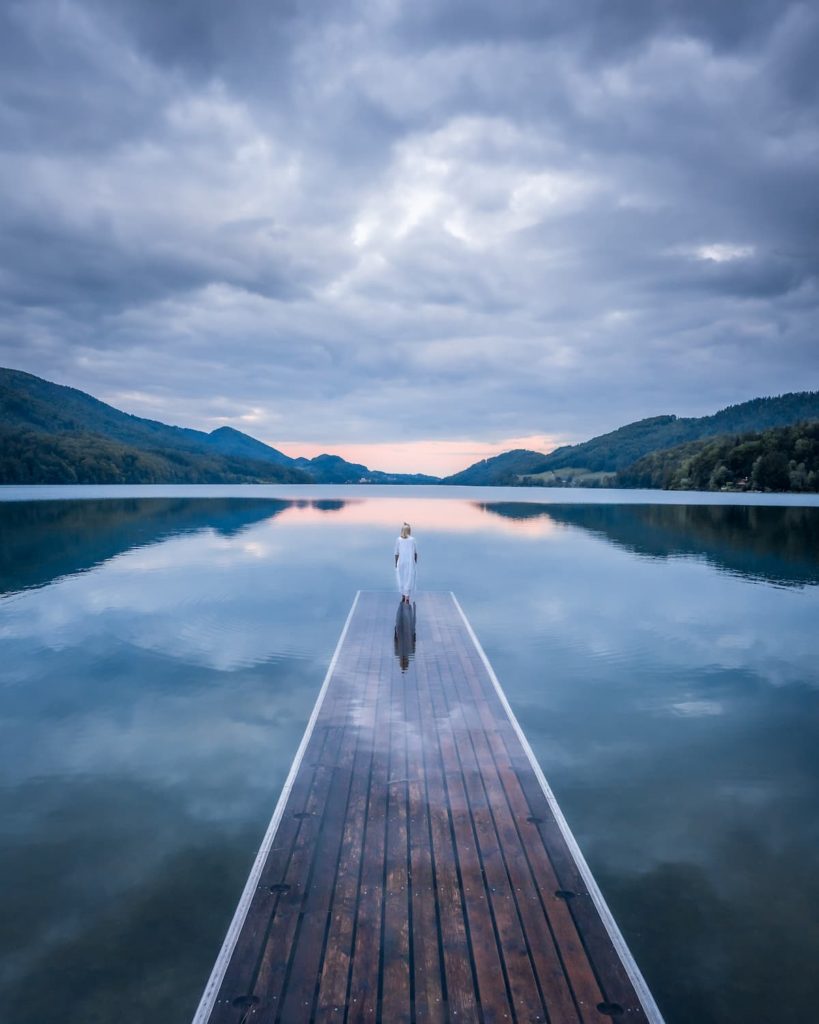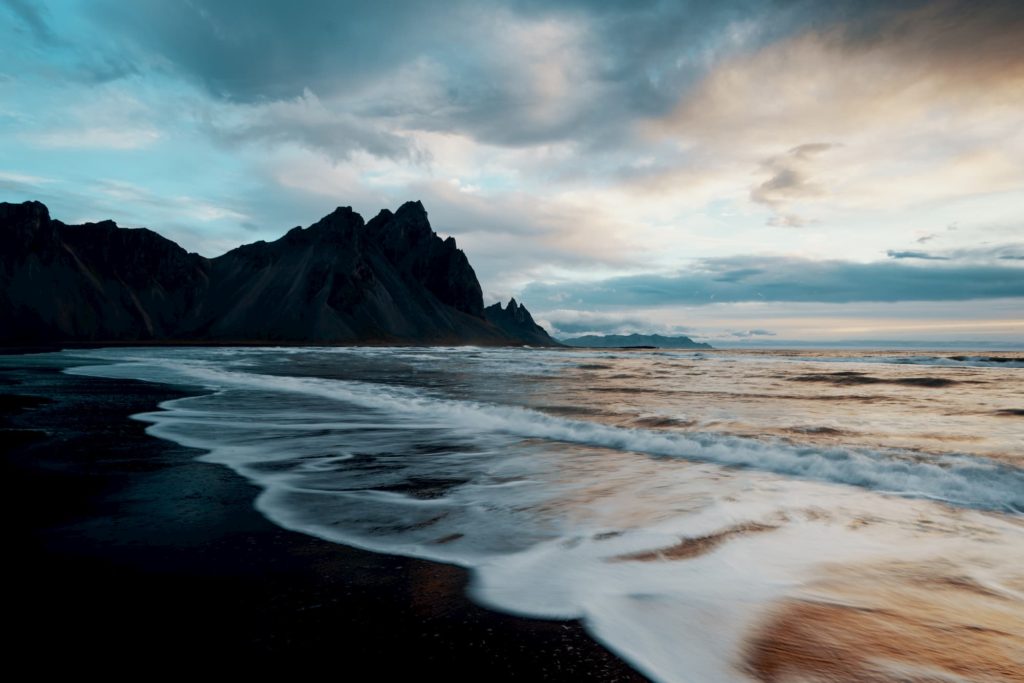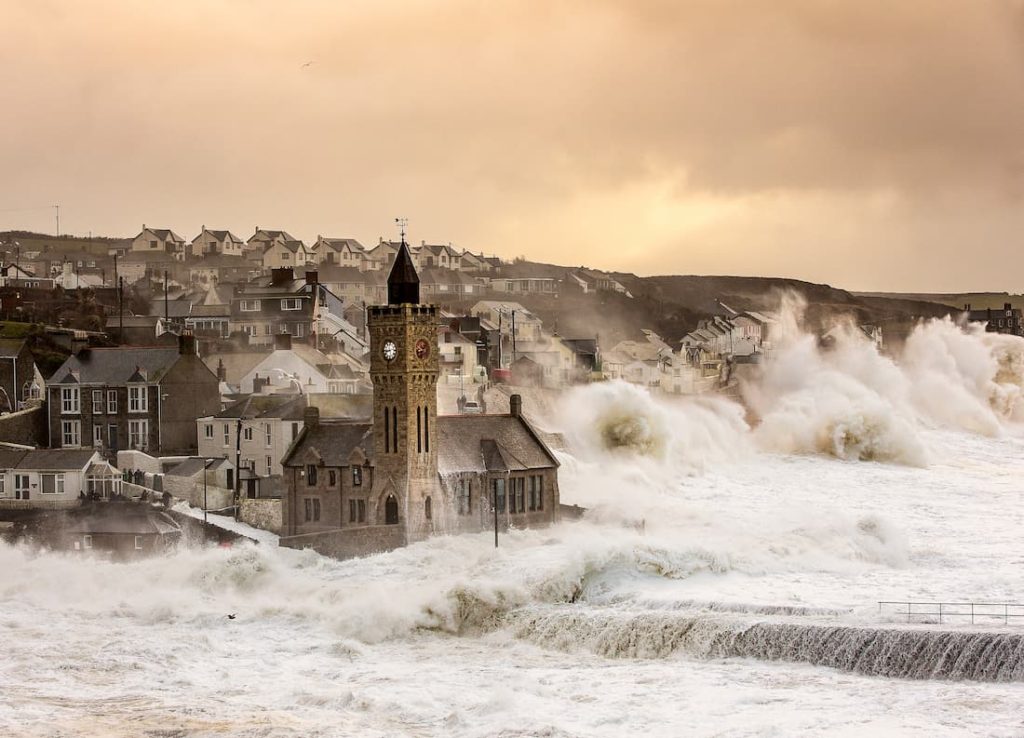
Liam Preece
@liampreecephotography
Photographer based in Australia
Growing up, photography was just something I started to get into by using little Kodak disposable film cameras whenever my family would go somewhere. I was fortunate enough that I grew up in a family that loved to travel, so we were always exploring new places. From this, my love for photography was born, and some time later there was the birth of digital photography. Suddenly everything changed; instead of a roll of 30 images I was given a camera that could take countless shots. Naturally, this then pushed me to take photos of literally everything. It wasn’t until I studied Photomedia in high school that it really forced me to think about what I was shooting and what I wanted to capture. It was also in these classes that we got to use pinhole cameras and develop our own films in a darkroom. This gave me a fundamental understanding of how cameras work in different lighting conditions.
"From there it was a matter of trial and error, learning from others and being critical of my own work."
Then back in 2015, I heard Ken Duncan do a talk at Easter Fest in Launceston (my hometown). Hearing about his stories and talking about the amount of effort he puts into his work inspired me to take photography a little more seriously. But it wasn’t until I was asked the question “Why don’t you sell your photos?” that I really changed my mindset and approach. That question made me ask myself for what purpose am I taking hundreds and hundreds of photos, which helped me refine my craft. Now when I click the shutter, I am not just clicking a shot of an interesting subject – I am trying to frame a moment where the subject becomes a piece of art someone would want to hang on a wall. Photography is hugely diverse and a way too rapidly growing industry to just be taking hundreds and thousands of photos willy-nilly, with no meaning beyond personal attachment.
"One thing I have discovered is that when I sell my prints to people the customers associate that print to a story, whether that be their own story or the story you tell."
If we are not telling stories or capturing moments, we are no longer selling art. In that sense, photography is more than just clicking a shutter. In my observations and drawing some of my own conclusions, photography can get so easily engulfed in trends on social media platforms like Instagram. The path I am avoiding is this idea of seeing an image pop up on your feed or wherever, and desiring to replicate a (better) photo at the same place. While I think it is important that we promote new locations, there are also locations that need not be disclosed. We don’t always need to inform our followers where we took every single photo – we can allow people to explore their own curiosity. And at the same time, society needs to understand that when a photographer takes a photo they are not showing you a place to visit, they are creating artwork in which a lot of effort was put.
"That artwork needs to be appreciated for what it is, not for where it was taken."
"It is important to give meaning to our work, to allow it to speak to people on a personal level."
There is a time and a place for cool edits, but, when I am trying to sell my work I am not selling an image, I am selling a moment. From that perspective it adds value to the artwork I am trying to sell. When we conform to a certain aesthetic for the purpose of cohesion, whether that is a trend or an Instagram feed, it takes away the unique nature of the moment you captured in the first place. When I click the shutter I have to know what I am actually clicking and I need to be present in the moment. I believe there is this confusion around the idea of cohesion and aesthetics. Images don’t have to look the same to be cohesive, images can create cohesion through contrast. If there is a way to prove our value as a photographer it’s by showing that we can cater for different tastes; it shows a higher level of skill and versatility as a photographer – It’s the thought and skill that goes into a photograph that makes the difference. When we have this mindset, the focus is more on how we capture and it’s less about what we are capturing.
"A good landscape photographer can be given a “boring” scene and still be able to create a piece of artwork."
For me, my greatest source of inspiration to create new art at all times comes from other photographers – Most notably the work of Ken Duncan and Luke Tscharke. Both have slightly different approaches to capturing landscapes but are very similar in their philosophies. Capturing the essence of a landscape is what landscape photographers should always try to do and I have to say that I learned this the best in my home country, Tasmania.
"I was born and raised in Tasmania and I may be biased, but I believe it is the best place in the world to live, especially if you’re a landscape photographer."
25% of Tasmania’s land mass is remote, world heritage wilderness and totally untouched! It is not hard to imagine why I loved growing up here, but of course there are elements I sometimes wished I could have – such as that “big city lifestyle”. Nevertheless, I wouldn’t want it the other way around. Every trip I make out of the state feels like a huge adventure because Tasmania is an island state so there is always a body of water which separates you from the rest of the world. You can’t simply just pop over the border – It’s a journey to the other side.
There are parts of Tasmania where I often wonder whether any human has actually ever placed a foot. How much of Tasmania has not been explored in this modern era. Mountain ranges so remote it takes weeks to even walk into. It’s the endless possibilities of what’s around the next corner, over the next rise, or behind the next mountain that really excites me. It’s that journey into the unknown and a constant reminder of how incredible this island is.
Tasmania is a photographer’s dream and a hikers’ playground, although not without an element of risk. Rescuers are called on a daily basis to help get stranded or injured walkers out of national parks. Weather in Tasmania can change within the hour and when it does it is deadly dangerous.
"I have heard countless stories from friends who are experienced hikers having near death experiences from sudden weather changes."
One of the biggest lessons I learnt on one of my early trips to Cradle Mountain (the place most of my photography learning took place) was “be prepared for ALL weather conditions.” I cannot stress this enough! We left Launceston where there was barely a cloud in the sky and it was about 27°C so my sister and I thought we would go up to Cradle for a sunset – a two-hours drive from Launceston where I live. We were wearing shorts and maybe a jumper which we didn’t think we would need but took with us anyway. Well… The closer we got to Cradle the more the weather deteriorated. By the time we pulled up to Dove Lake and had started our ascent up to Hanson’s Peak it was about 3 or 4°C and 30-40km/h wind gusts which at Cradle Mountain mostly come from the west to northwest; Hanson’s Peak is dangerously exposed to these winds. With on and off drizzle in addition, you can imagine it was cold. And so we were walking up Hanson’s Peak in nothing but t-shirt and shorts with a pathetic excuse of a jumper, just wishing we had packed long pants and a rain and windproof coat.
"Since then we pack everything whenever we go anywhere, no matter what time of year."
The other time where the Tassie weather conditions caught me off guard was when I attempted to do Hartz Peak which is about a two-hours drive south west from Hobart. We got up at the break of dawn to do an early morning walk to the summit. It was an amazing day in Hobart and even in Huonville when we drove through. By the time we had reached the car park on the plateau, the wind had picked up significantly and was a little bit drizzly. I was with two friends who were medical students at the time and we only had two second hand, old raincoats between the three of us. We signed the walkers registration and stepped foot outside and the wind had increased and it was now snowing. So what did we do? Made the stupid decision to proceed with the 3hr return walk to the peak. I remember as we approached the final ascent my mate turned around to see how I was tracking, I felt fine but clearly didn’t look fine. It was damn cold but I was all good aside from the fact that I apparently had icicles hanging off my eyebrows.
The problem with Tasmania is that often these scenarios are underestimated. Overseas travellers who might have a lot of experience in extreme conditions can get caught out because they develop a mindset of “it won’t be that bad”. Most of the time it probably isn’t but it is that small percentage of the time that it does get that bad that catches people out. Stories of people dying or needing to be rescued are not uncommon in Tasmania. If anything they have become a bit of a normality and something we have come to expect.
"Besides challenging times, I have had a lot of incredibly breathtaking moments too."
Though, the most exhilarating ones are the moments which I have planned to capture on camera and took five or six attempts to get the shot I had in mind. One in particular was a sunset shot I had been trying to get for so long at a place called West Head in Tasmania. It’s a North facing beach with some rather epic Dolerite column cliffs, a staple of Tasmanian landscape. This is a flat beach so when the tide goes out it leaves a solid 150m of beach and wet sand which reflects the cliffs. The shot I had planned to get and finally got it after the fifth attempt was the sun hitting the cliffs with some epic colour in the clouds which was reflected in the sand.
The photo that I took that day will surely be part of a book that I am currently creating. I have wanted to do one about Tasmania for a while now; it is a place that is close to my heart and I am excited to create a book that really celebrates its beauty and diversity. The process of putting such work together is exciting, challenging and daunting! While it excites me, there are a crazy amount of locations I want to shoot to feature them in this book to be able to do it any justice – Hence why it is very daunting at the moment. Then the challenge comes with finding the time and the resources to go on some of the multi-day hikes that I want to do.
"Some of these hikes are to remote locations and can be up to 14 days in remote wilderness. I have no doubt though it won’t be without great reward."
The fundamental driver of why I go to great lengths to get that one shot is partly driven by my faith. It’s my beliefs and values that help me see and appreciate the world in a certain way to create art which is God centered. What always baffles me is that every mountain or scene that I am shooting always puts into perspective just how small we are. Every mountain we climb or for every kilometer we walk barely scratches the surface of the vastness of our planet let alone the universe. There is so much more than the popular to be seen in this world and we will never be able to see all of it! I make it my mission to capture the wonder of this little blue marble in my image taking. Whether it be capturing moments, framing a scene or just being creative, my hope for the art I produce is that it’s being appreciated for what it is and that people catch a glimpse of heaven.
Would you like content like this sent to your inbox?
NOMADICT
ART GALLERY
THE LATEST STORIES
WRITEN WITH PASSION TO INSPIRE YOU

Photo tour in Azores, Portugal
Join us in the Azores for a unique photo tour, where you’ll elevate your creative skills with expert guidance from Ronald Soethje, Bruno Ázera, and Nomadict.

Forest Kai (@forest1kai): Photographer based in the US
In this article, Forest shares how years of chasing scale, silence, and raw landscapes shaped his approach to photography, from the deserts of Kazakhstan to the volcanic ridges of Iceland. He talks about how he uses light, texture, and vast negative space to create images that feel both intimate and overwhelming.

Simon Hechtbauer (@roamwithsimon): Best of the Week 32 at #nomadict
Simon shares the journey behind his photography, from early inspirations to field techniques, editing, and the story of the winning shot that shaped his path.

Miroslav Maršík (@miromarsik): Photographer based in Czech Republic
In this article, Miro shares how his love for cinematic music evolved into a deep passion for photography and how he uses light, color, and atmosphere to turn the streets of Prague into living film scenes.

Aurora photography panorama workflow: A guide to camera settings, editing, and color
In this article, Stefanie reveals how her background in physics sparked her passion for astrophotography and how she blends science with creativity to capture the beauty of the night sky. Readers will discover her approach to color, contrast, and editing, as well as her aurora photography workflow.

Yhabril (@yhabril): Best of the Week 33 at #nomadict
Spanish photographer Yhabril captures the profound connection between humans and the mountains that shaped him. Growing up in the Pyrenees, his work bridges outdoor sports, landscapes, and celestial scenes — often blending athletes, moonlight, and wilderness into striking visual stories.

Ariane Totzke (@besondersschwierig): Photographer based in Switzerland
In this article, Ariane shares how photography helped her navigate personal challenges, connect authentically with people and animals, and develop a philosophy rooted in empathy and artistic freedom. Readers will also discover her ethical approach to wildlife photography and her trusted equipment for both camouflage techniques and cameras.
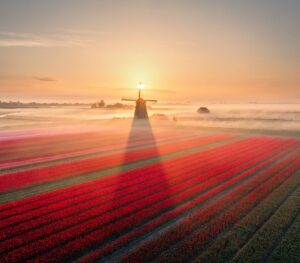
How to photograph Dutch tulip fields: A guide to light, gear, composition, and colors
Discover how to photograph Dutch tulip fields in their most magical light. From choosing the right gear and lenses to mastering composition, color, and aerial perspectives, this guide shares creative techniques to capture the beauty of the Netherlands’ tulips. Learn how light, color grading, and proportion bring emotion into every frame.
